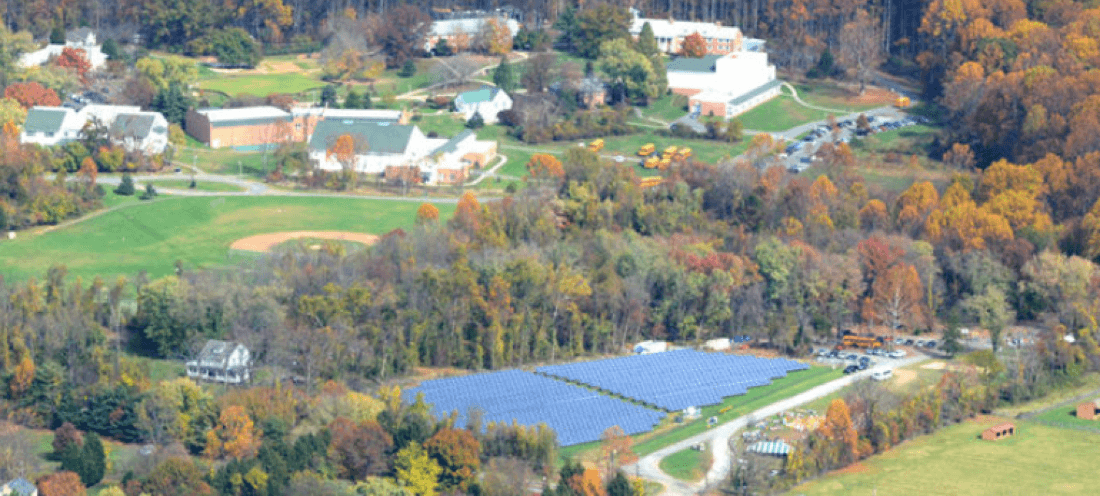
Originally published in Solar Power World
As the nascent community solar market makes headway in states across the country on the policy and regulatory front, marketers have yet to identify the right set of tactics and messaging that will allow them to easily make the sale to skeptical consumers. It’s time to start identifying opportunities to more efficiently acquire, retain and up-sell subscribers. Right off the bat, there are some things your company can do to set yourself up for success. Below are three marketing strategies that community solar developers and marketers often overlook as they strive to bring in and retain subscribers.
Be an engaged member of the communities you serve
Before your company even goes to market, there are a number of hurdles that can derail a project in its tracks. Oftentimes state regulators, local governments, utilities, even outspoken NIMBY landowners dictate how community solar is perceived in a community. Successful community solar marketers will help drive the conversation by crafting a positive narrative around their projects and business with digital marketing campaigns, local activations, positive media coverage and other tactics as a first step in paving a path forward in a market. A popular strategy being used to gain goodwill in the early stages of project development is to provide discounted (or in some cases free) energy to low-income residents, schools, fire departments, non-profits, etc. within the community.
Give potential subscribers the opportunity to see your company in headlines, on billboards, at local events and ranking high in search results before you speak to them directly and invite them to join your project. These efforts will encourage positive associations with your offering and community solar more broadly, which ultimately impacts their willingness to go forward with what can be a lengthy and confusing process.
What they say about first impressions
The initial touch point with the customer is a critical stop in the subscriber’s journey and unfortunately, a large volume of sales leads go south immediately after contact for the wrong reasons. The most common first touch point for prospective community solar subscribers is door-to-door salespeople and call center representatives—both of these tactics often rely on ill-prepared community solar advocates that cannot answer the tough questions that arise during the sales process. Community solar is a new concept for most and more consumer education and patience is needed before letting that sale hit a wall. Community solar is still a complex transaction for the layperson, so clear, concise and transparent communication between customer and salesperson is a must.
Community solar marketers must strive to take pressure off of your sales team before this initial touchpoint with clear top-of-the-funnel messaging, helpful content and relevant calls to action. Content such as checklists and eBooks can help educate homeowners, renters and businesses about the benefits of community solar on their terms, matching where they are in their own personal customer journey as opposed to trying to force subscribers into a boilerplate sales journey. This will help customers as they transition (slowly and with lots of questions) from lead to subscriber to advocate.
Keep selling after the sale
Once a contract is signed and the sale is closed, the potential to engage with subscribers is wide open and, at the moment, broadly untapped. Unlike homeowners with billboard-like solar panels on their roofs that are reminded about their solar investment every time they turn into their driveway and get bombarded with questions from friends and family, community solar is essentially invisible once you’ve become a solar garden subscriber. This missing “system visibility network effect” means that community solar developers won’t enjoy the same type of referrals that result from the residential solar market. With fewer opportunities to engage, your subscriber’s excitement over their subscription wanes over time, limiting openings to maximize lifetime customer value.
Marketing automation tools like HubSpot can help nurture subscribers before and after the sale with targeted, highly relevant and personalized content that keeps your brand top of mind. Augmenting that content with participation in relevant local events, such as festivals and farmer’s markets, can help reinforce your brand’s presence in the communities you serve. Once you have a loyal, activated and “sticky” customer base, continue to find new opportunities to create value by encouraging referrals and up-selling subscribers with relevant products, services and benefits (think Nest thermostat, LED lighting, EV chargers, discounts to local businesses, etc).
Regulation and policy can only take community solar so far. Marketers and developers must engage their projects’ communities, close communication gaps between developers and subscribers and create new opportunities to activate customers to propel community solar forward.